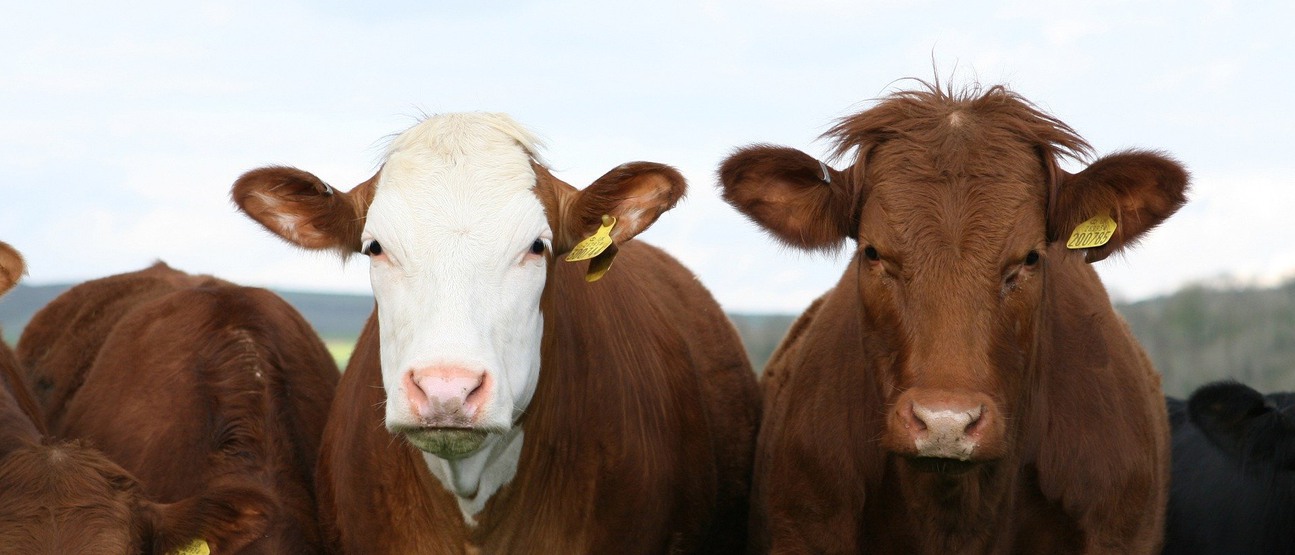
Imagine an outbreak of a contagious animal disease. Imagine those combating the disease can travel forward in time. Imagine they do so using a simulation model that shows how the disease will continue to spread.
In 2001, one of the largest outbreaks of foot-and-mouth disease in modern history occurred. The disease was detected on farms in the UK, Ireland, Northern Ireland, the Netherlands, and France. However, it was primarily in the UK that the disease took hold. This triggered intense research into transmission networks within veterinary medicine, which my research is part of.
Using theoretical methods in network analysis and modelling, we aim to determine how a disease can spread across a farming landscape. How quickly does it happen, and are there specific contact structures that significantly influence the spread? Are certain regions more at risk? How effective are different measures, both reactive and preventive?
So far, I have contributed to developing various methods for analysing data from databases on animal transport, examined animal transport networks, developed methods for modelling different types of networks, and analysed the importance of various network metrics.
The conclusions are clear:
Up-to-date databases, such as those tracking animal transport, are essential for risk analysis of disease transmission, given the ever-changing dynamics of the market.
It is also crucial to consider the internal dynamics of each country, focusing on its specific structures and production types. The spread of disease can vary significantly depending on production types or contact structures. Simulations based on outdated data or data from other countries’ dynamics can be highly misleading.
Simple, singular network metrics are insufficient for predicting disease spread within a contact network.
Future studies should focus on more complex metrics, incorporating weighted links and combinations of measures.
It is also critical to focus on the likelihood of where the disease enters a contact network, as this greatly impacts its immediate spread and the events just before disease symptoms are detected. These early phases are vital for implementing measures that influence the network's structure.



